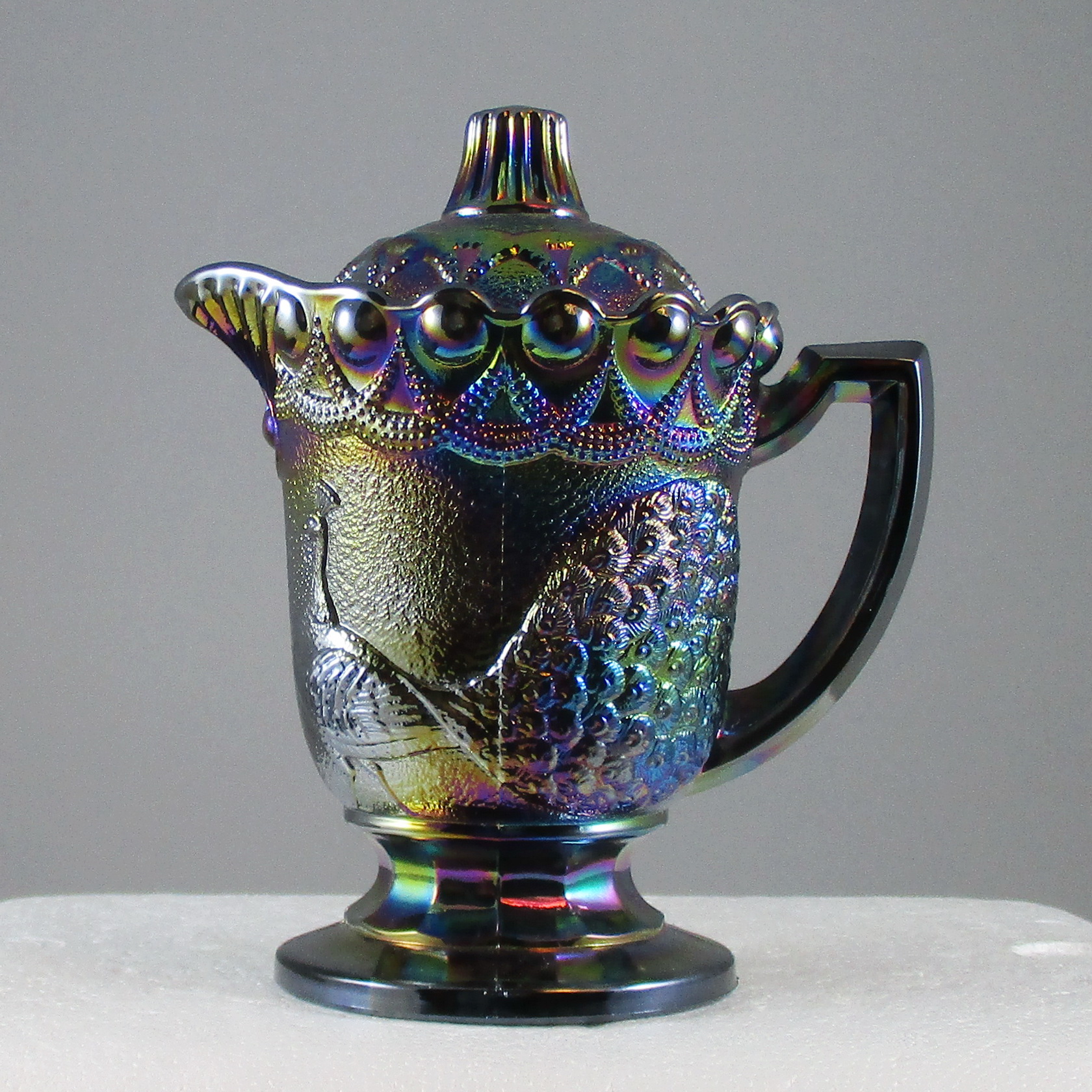


The areas removed exposed the underlying darker layer. The contrasting layers of shell are carved in such a way that removes the top layer except for the desired image. This full-face sardonyx shell cameo clearly shows the pure white image on the rich reddish-brown bottom layer. Cameos featuring women with elaborate hair or hats, or those with scenes, mythological or historical figures, men, or children are uncommon and highly prized by collectors. Most profile cameos depict a female facing right, some face left, and even fewer are full-face. Other types of banded chalcedony include onyx and agate.Ī skilled cameo carver can start with shell or sardonyx of three of four different color layers and carve a cameo with, for instance, dark flowers in light color hair, clothing with contrasting collars and bodice, and garlands of darker flowers. Sardonyx, a form of banded chalcedony, is composed of alternating layers of sard and onyx. These multicolored forms of chalcedony are favored because cutting away layers exposes gradations of color and patterns that enhance depth and add distinction to each piece. Aside from being a habillé cameo, she has a bobbed-wave haircut, drop earrings, a flowing blouse and a jaunty pea cap, which she appears to doff. This cameo was made during the 1930s to celebrate the famous tennis player Helen Wills Moody who is known as “the greatest female player in history.” Although “modern” compared to most cameos, this has a number of desirable features. Portrait cameos of individuals who can be identified are difficult and exciting to find. Banded agate, which is multicolored, and sardonyx, which has parallel bands of brown to red alternating with white or black bands, are favored. Hardstone cameos are usually composed of a form of semi-precious stones including all types of chalcedony: agate, aventurine, bloodstone, carnelian, chrysoprase, jasper, onyx, tiger’s eye, sard and sardonyx.

If you place a brooch, face-up, on a flat surface and are able to see the pin protruding beyond the bezel and it has a C-clasp, then it is almost surely from the first three quarters of the 19th century. Nineteenth century brooches have a C-clasp and pins that stick out beyond the side of the brooch, as seen in the cameo in the bottom row, far left. It is also important to note the type of fastening used to pin the brooch to clothing. Cameos with round cheeks and aquiline or Roman noses (those with a prominent bridge), are usually of 19th century origin, whereas cameos with prominent cheekbones and pug or turned-up noses, originate in the 20th century. Of importance to note is the change in the shape of the face and nose – important distinctions when attempting to date cameos. Progression of shell cameos from the late 19th century to the 1920s the two at the far right with typical hairstyles from the 19-teens to the 1920s.


 0 kommentar(er)
0 kommentar(er)
